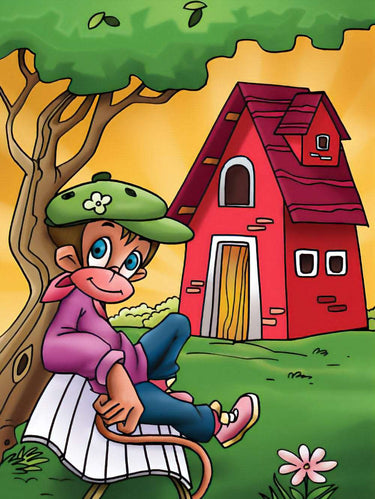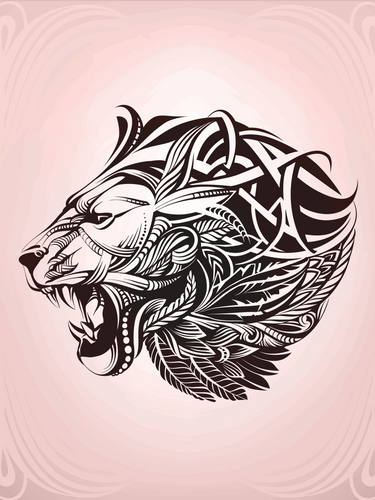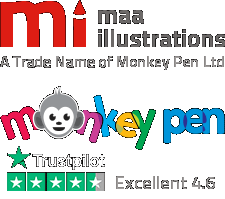Animation has become a game-changing technique that improves the communication of complicated ideas in the constantly changing world of technical drawing. Animation adds a dynamic and interactive layer to static visuals, enhancing the viewer's comprehension and engagement. In this article, we will examine the various uses and advantages of animation in technical illustration, demonstrating how it transforms the manner in which information is communicated visually and increases its potency.
Technical illustrators have a wide range of options when using animation to demonstrate the motion, functionality, and use of complex machinery, processes, and systems. By animating the various components and interactions, viewers can witness how the parts come together, the flow of fluids, or the sequence of steps in a complex procedure. This dynamic method adds a level of clarity that static photos by themselves cannot, making it simpler for viewers to understand each aspects of the subject matter.
Animation is a game-changer for engineering and product design. It enables product assembly and disassembly demonstrations by illustrators, offering an interactive representation of how parts fit together. Before going on to the physical prototype stage, this immersive experience helps troubleshoot and detect potential design errors, saving significant time and resources. Additionally, animation encourages collaboration for the best solutions by facilitating efficient feedback exchange and effective communication between engineering and design teams.
Animation brings scientific ideas and procedures to life in environments of learning. Animated drawings draw the viewer in and help them understand difficult concepts better. They can show chemical reactions or the inner workings of the human body. Interactive animations encourage active learning and information retention by letting students explore ideas at their own pace.
Animation is a valuable tool in user manuals and technical documentation. Animated visuals offer step-by-step visual aids in place of static diagrams and textual explanations, making it simpler for end users to efficiently assemble, utilise, and maintain products. Because cartoons are interactive, viewers can rewind, pause, or fast-forward to ensure that they fully understand the material at their own convenience.
Animation makes designs come to life for architectural and engineering visualisation. By demonstrating the evolution of structures and spatial relationships, 3D animations may depict how a building takes shape from the blueprint through completion. By showing concepts in a visually appealing and realistic way, this intriguing presentation supports project approvals, client engagement, and marketing initiatives.
Technical drawing is enriched by animation, but it is important to maintain balance and utilise it carefully. Overuse or pointless complexity could draw attention away from the main point. Ensuring smooth playback and accessibility across many platforms and devices is another benefit of optimising file sizes and formats.
In conclusion, animation in technical drawing modifies how difficult information is conveyed by giving visual communication a dynamic and interactive dimension. Animation enables illustrators to efficiently communicate complex concepts, interest viewers, and inspire innovation in fields ranging from product design and engineering to education and marketing. Technical illustrators can open up a world of opportunities and improve the impact and potency of their visual narrative by utilising the power of animation.






